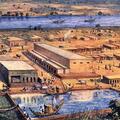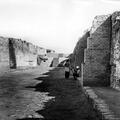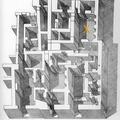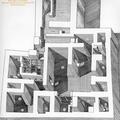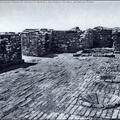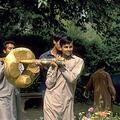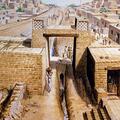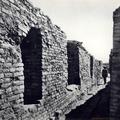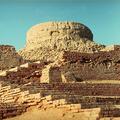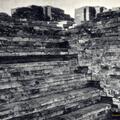Imagining Life in Lothal
A reimagining of life in Lothal 4,000 years ago, satellite images of the town in context of today's landscape, and the discoverer, S. R. Rao's drawings of the town plan, bead factory and warehouse. "While exploring the Sabarmati estuary an ancient mound presently known as Lothal was discovered in November, 1954," wrote S. R. Rao. "The excavation conducted here during the following seven years has brought to light the existence of a flourishing port-city of the Indus Civilization with an excellent brick-built dock and nearly laid-out streets.

